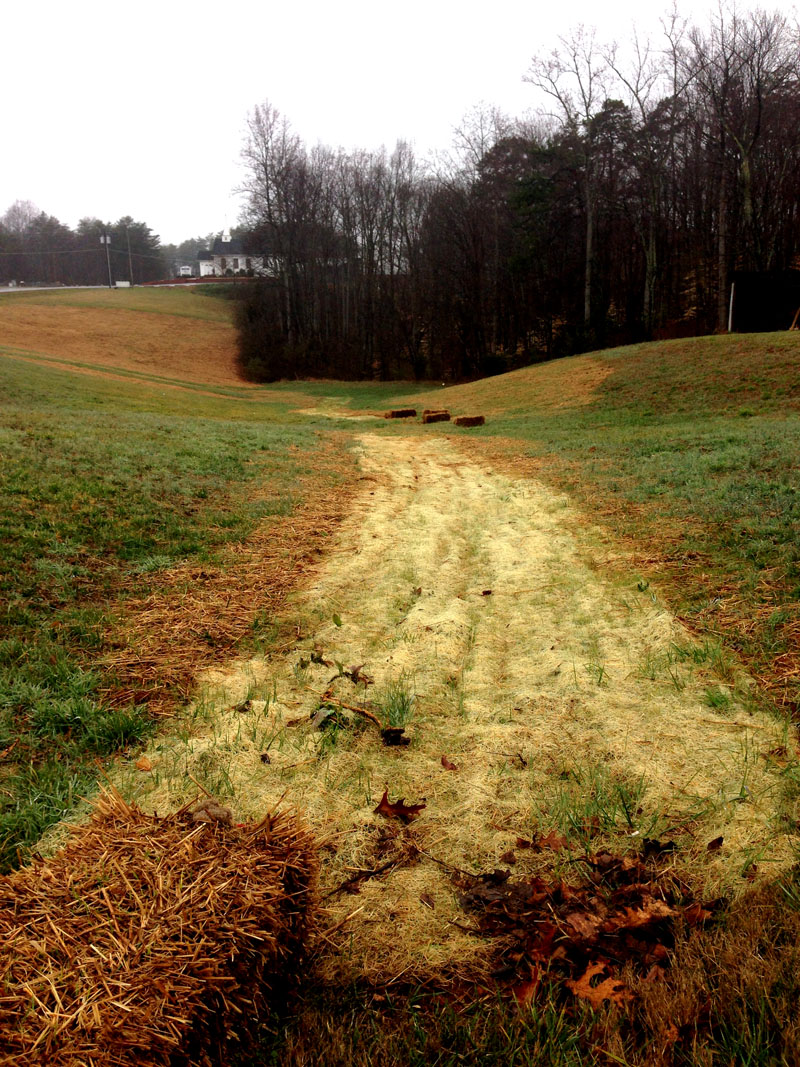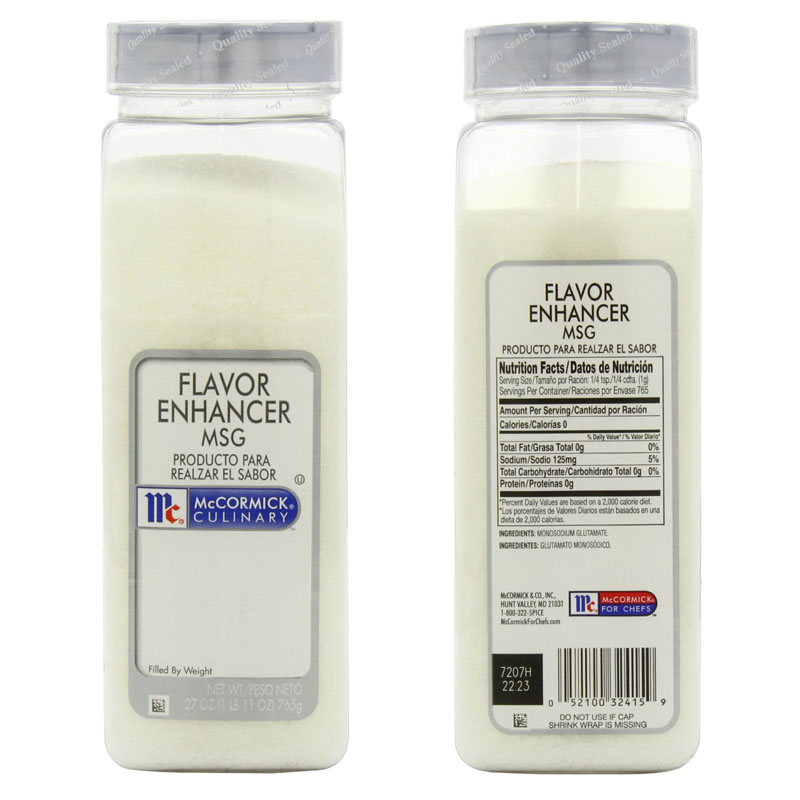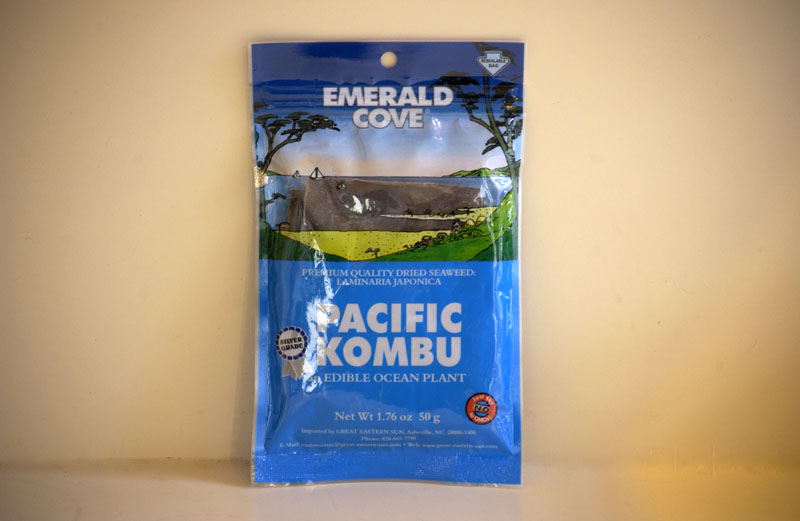
Photo by Woody Welch
Every serious cook has a trashy side. Or ought to. Julia Child said, “In cooking you’ve got to have a ‘What the hell?’ attitude.” Yep. Or as a friend of mine says, “Anything’s good if you put enough butter in it.”
So it is without shame that I post the photo of the cake I made last week for Valentine’s Day — chocolate apple sauce cake with maraschino cherry icing. It was all made from scratch, though of course the cherries came out of a jar. I looked for maraschino cherries at Whole Foods, but they didn’t have them. So I stopped at the Dollar General.
Ken Ilgunas stopped at the abbey overnight last week on the way to the Washington for the rally against the Keystone XL pipeline. He was traveling with Woody Welch, a professional photographer who had with him an awesome Nikon D4 camera with some interesting lenses. Woody took the cake photo. Ken will return to the abbey next month. Stay tuned.
Update: Several people have asked about the recipe for this cake. I shall do my best. I got the recipe from my mother, who I believe got it from her mother. If I recall the family lore correctly, my version of the recipe is an alternative version. I believe the original included walnuts and even raisins. But I suspect that my mother eliminated those ingredients because they weren’t popular with the children. This is the cake that I and my siblings requested on birthdays. My copy of the recipe is written on a piece of notebook paper, in pencil, and lives inside my 1943 edition of The Joy of Cooking. Even this notebook-paper version is probably 40 years old. It contains a list of ingredients, nothing more. It’s just assumed that people know how to mix up a cake. I will add in some basic instructions here.
If you like light, ethereal cakes, this may not be the cake for you. There are no eggs. The only liquid ingredient is apple sauce. It makes a dense, moist cake that will easily keep three days.
First bowl:
1 cup sugar
1/2 cup butter
1/2 cup cocoa
1 1/2 cups apple sauce
Cream the butter and sugar together. Add the cocoa and apple sauce and mix well. Really well.
Second bowl, larger:
2 cups plain flour
2 teaspoons soda
1 1/2 teaspoons cinnamon
1 1/2 teaspoons nutmeg
Sift the flour and soda into the bowl. Mix in the spices. Stir in the liquid ingredients. Beat briskly until everything is well mixed. This will be a fairly thick batter. Divide the batter into two 9-inch cake pans that have been buttered and dusted with flour. Spread the batter fairly evenly into the pan. It will even out while it’s baking.
Bake in a 350-degree oven. Use the toothpick test to determine if the cake is done. Insert a toothpick into the center of the cake. When the toothpick comes out clean, the cake is done. This should take about 15 minutes. Be careful! The easiest way to ruin this cake is to underbake or overbake it. I start the toothpick test after 12 or 13 minutes, then retest every minute until the cake is done. Take it out of the oven as soon as a toothpick (or match stick) comes out clean.
Empty the cake pans onto two pieces of waxed paper on a flat surface and let them cool thoroughly.
Icing
I think this cake works best with a simple, uncooked, white icing. I usually cream 2 cups of powdered sugar with 1/2 cup of butter. Add just enough milk or cream to get the right consistency. Add a teaspoon of vanilla extract. A teaspoon or so of nutmeg works great in this icing. For Valentine’s Day, drain some maraschino cherries, chop them, and add enough cherries to the icing to get the color you want.












